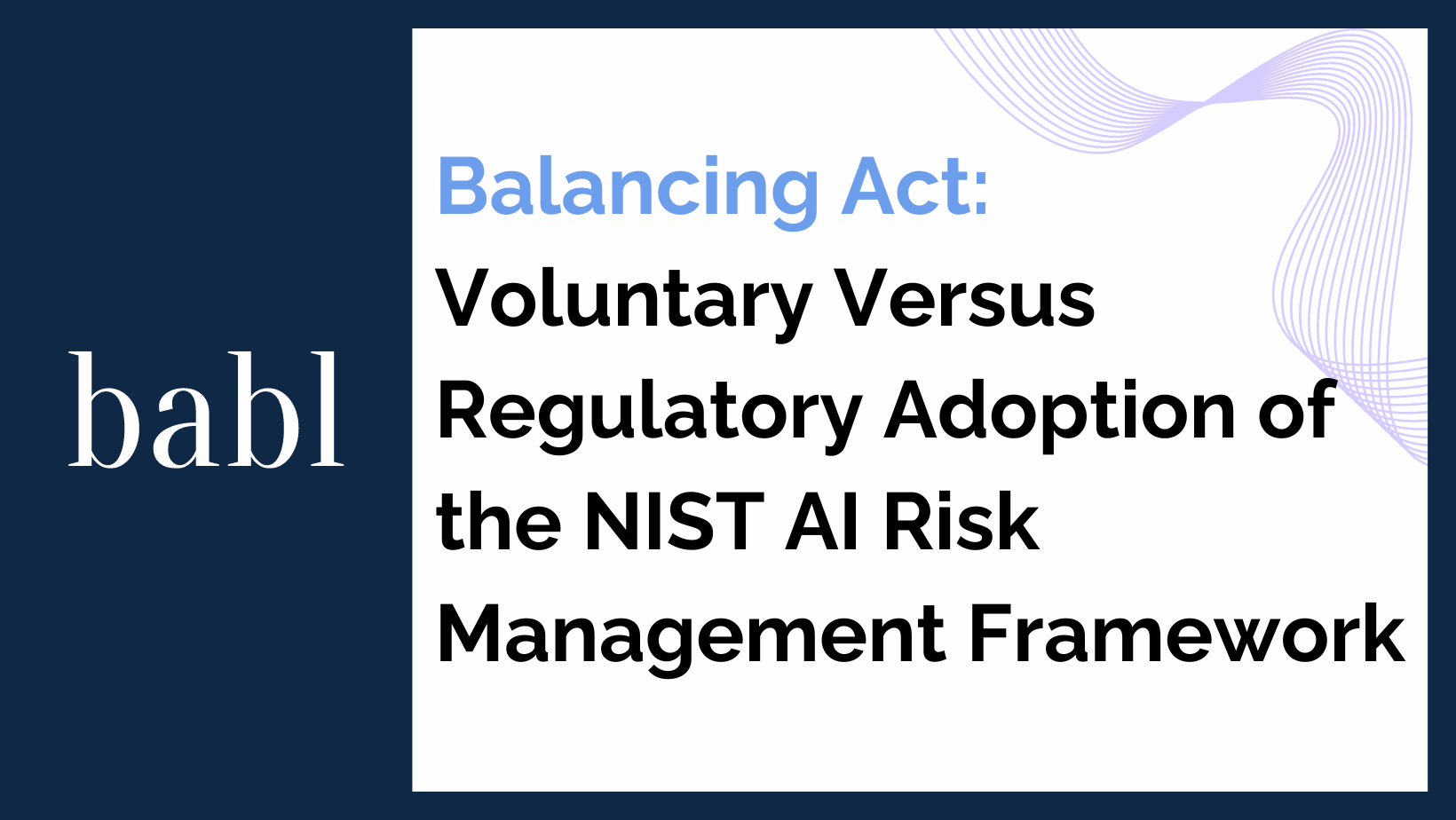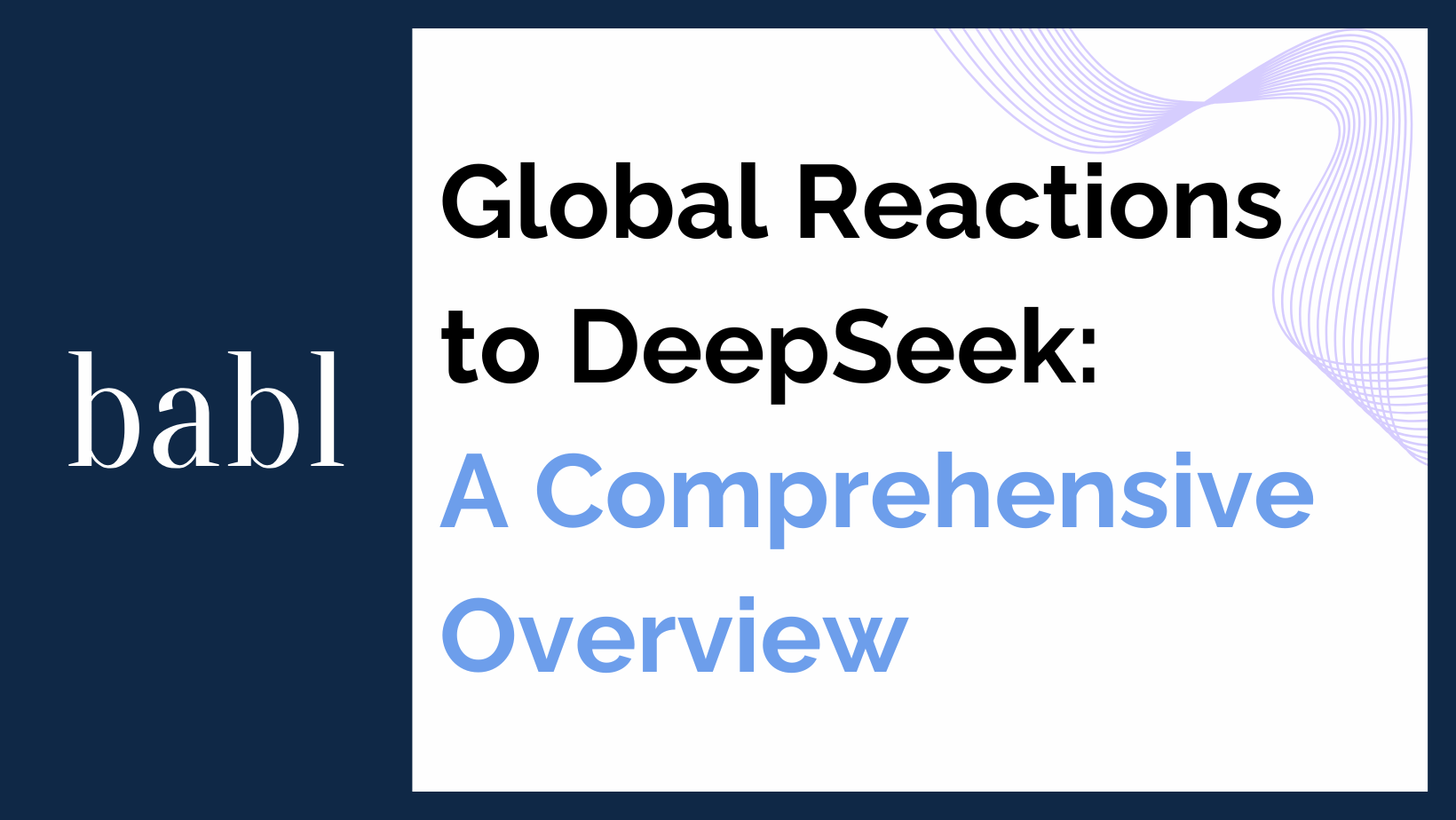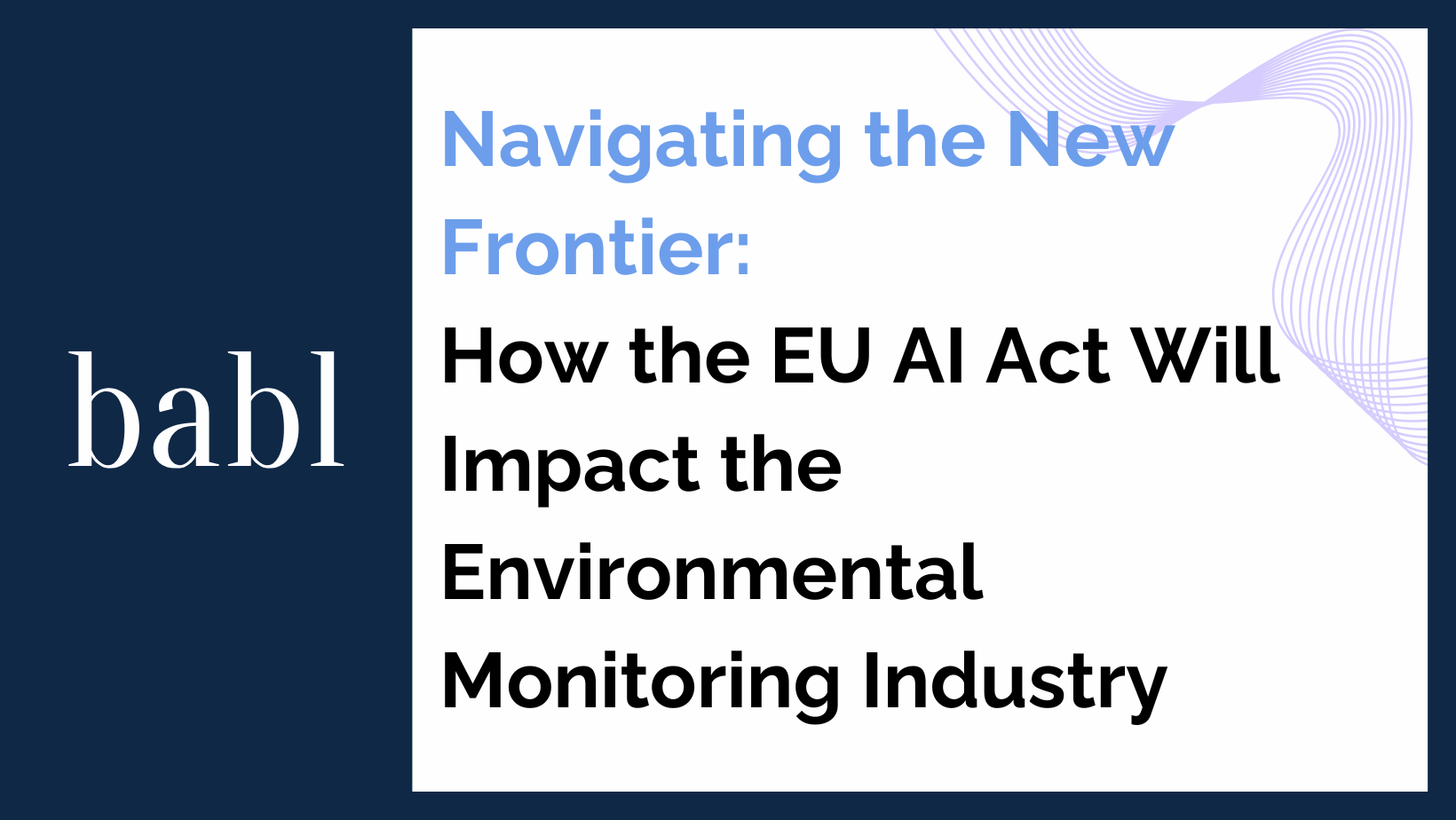As artificial intelligence (AI) continues to evolve, the need for robust governance frameworks to manage its risks becomes increasingly apparent. The National Institute of Standards and Technology (NIST) has developed an AI Risk Management Framework (RMF) that serves as a critical tool for organizations aiming to deploy AI technologies responsibly. However, the adoption of this framework can occur in two primary ways: through regulatory mandates or on a voluntary basis. Each approach has distinct implications for businesses and industries, shaping the landscape of AI development and usage across various sectors.
Regulatory Adoption of the NIST AI RMF
Regulatory adoption involves integrating the NIST AI RMF into formal legal requirements that organizations must comply with when developing, deploying, or managing AI technologies. This method ensures that all players in the industry adhere to a minimum standard of risk management, which can help prevent the misuse of AI and mitigate associated risks effectively.
Pros of Regulatory Adoption:
- Standardization Across Industries: Mandatory compliance ensures that all organizations, regardless of size or sector, adhere to a consistent standard, reducing discrepancies in how AI risks are managed.
- Enhanced Public Trust: Regulatory oversight might increase public confidence in AI technologies, as it assures that AI systems are developed and used in accordance with agreed-upon ethical and safety standards.
- Protection Against Liability: Regulations can provide a clear legal framework that helps organizations navigate the complex liability landscape associated with AI deployments.
Cons of Regulatory Adoption:
- Potential for Stifling Innovation: Overly stringent regulations might limit the creative and experimental processes essential for AI development, potentially putting brakes on technological advancements.
- Compliance Costs: Smaller companies or startups might struggle with the financial and logistical burdens of compliance, possibly leading to reduced competitiveness in the technology market.
Voluntary Adoption of the NIST AI RMF
In contrast, voluntary adoption allows organizations to implement the NIST AI RMF at their discretion. Companies might choose to follow the framework to demonstrate their commitment to ethical AI practices, enhance their market reputation, or prepare for possible future regulations.
Pros of Voluntary Adoption:
- Flexibility: Organizations can adapt the framework according to their specific needs and capacities, allowing for more nuanced and innovative approaches to AI risk management.
- Competitive Advantage: Early adopters of the framework can distinguish themselves as industry leaders in ethical AI practices, potentially attracting customers and partners who prioritize responsible AI.
- Preparation for Future Regulations: By voluntarily adopting the framework, companies can ensure they are well-prepared for any future regulations, easing the transition when legal standards do come into force.
Cons of Voluntary Adoption:
- Lack of Uniformity: Without regulatory compulsion, the extent and rigor of framework adoption can vary significantly between organizations, potentially leading to gaps in the AI risk management landscape.
- Limited Enforcement: Voluntary guidelines provide little recourse for enforcement, relying heavily on organizational goodwill and self-regulation, which may not always be sufficient.
Impact on Businesses and Industries
The decision between regulatory and voluntary adoption of the NIST AI RMF has significant implications for businesses and industries. Regulatory adoption could lead to a more uniform industry standard but may also impose heavier burdens on innovation and cost. On the other hand, voluntary adoption offers flexibility and can foster innovation but may result in inconsistent applications and a fragmented market landscape.
Regardless of the approach, the adoption of the NIST AI RMF is crucial for managing the complex risks associated with AI technologies. For industries ranging from healthcare to finance, and for applications from autonomous vehicles to customer service chatbots, effective risk management is not just a regulatory concern but a business imperative.
Conclusion
The future of AI governance likely involves a blend of both regulatory and voluntary measures, as industries and governments worldwide navigate the delicate balance between innovation and control. Whether through regulation or voluntary adoption, the NIST AI RMF provides a foundational guide for organizations to develop, deploy, and manage AI systems responsibly, ensuring that technological advancements proceed with the highest standards of safety, ethics, and transparency. As AI continues to transform our world, robust frameworks like those developed by NIST will be key to harnessing its potential responsibly and effectively.
Need Help?
If you’re wondering how NIST AI Framework, and other AI regulations around the world, could impact you, don’t hesitate to reach out to BABL AI. Their Audit Experts are ready to provide valuable assistance while answering your questions and concerns.





